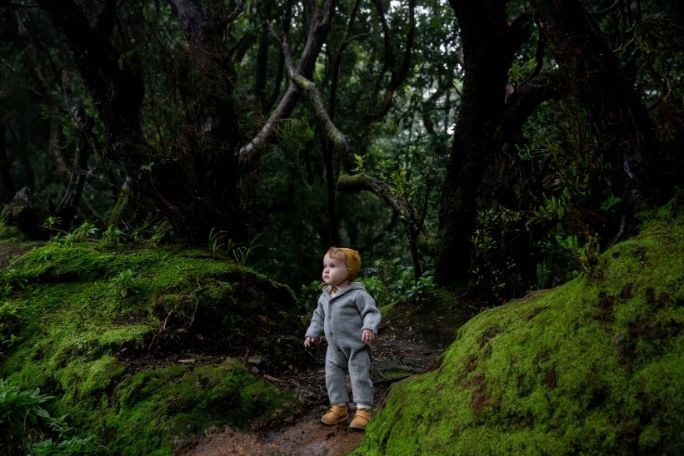Lesson Summary
This activity is designed to encourage children to spend more time outside in green spaces. There is a significant body of research now available that suggests that access to ‘green spaces’ plays a significant role in assisting children to reach their full potential in terms of their development, mental and physical health and wellbeing. Green spaces provide numerous stimuli for the senses. When there is an intensity of sensorial input (multiple senses at the same time) children’s brain and physical developmental opportunities are optimised. This is critical for all human development, but particularly young children experiencing a very rapid developmental stage.
Activity Intention:
- This activity is designed to help connect children to the wonders of the natural world through sensory and play-based learning.
Lesson guides and printables
Lesson details
Curriculum Mapping
EYLF Learning Outcomes:
Learning Outcome 1: Children have a strong sense of identity
1.2 Children develop their emerging autonomy, inter,dependence, resilience and sense of agency
Learning Outcome 2: Children are connected with and contribute to their world
2.1 Children develop a sense of belonging to groups and communities and an understanding of the reciprocal rights and responsibilities necessary for active community participation
Learning Outcome 3: Children have a strong sense of wellbeing
3.2 Children take increasing responsibility for their own health and physical wellbeing
Learning Outcome 4: Children are confident and involved learners
4.1 Children develop dispositions for learning such as curiosity, cooperation, confidence, creativity, commitment, enthusiasm, persistence, imagination and reflexivity
4.2 Children develop a range of skills and processes such as problem solving, inquiry, experimentation, hypothesising, researching and investigating
4.3 Children transfer and adapt what they have learned from one context to another
Learning Outcome 5: Children are effective communicators
5.1 Children interact verbally and non,verbally with others for a range of purposes
5.3 Children express ideas and make meaning using a range of media
5.5 Children use information and communication technologies to access information, investigate ideas and represent their thinking
Additional Info
This is an original Cool.org lesson. Facts and figures in these lessons may have changed since this lesson was published. We always endeavour to update our resources in a timely manner, but if you see an error or issue in our resources please get in touch with us.


Welcome back!
Don't have an account yet?
Log in with:
By signing up to Cool.org you consent and agree to Cool's privacy policy to
store, manage and process your personal information. To read more, please see
our privacy policy here(Opens in new tab).
Create your free Cool.org account.
Many of our resources are free, with an option to upgrade to Cool+ for premium content.
Already have an account?
Sign up with:
By signing up to Cool.org you consent and agree to Cool's privacy policy to
store, manage and process your personal information. To read more, please see
our privacy policy here(Opens in new tab).